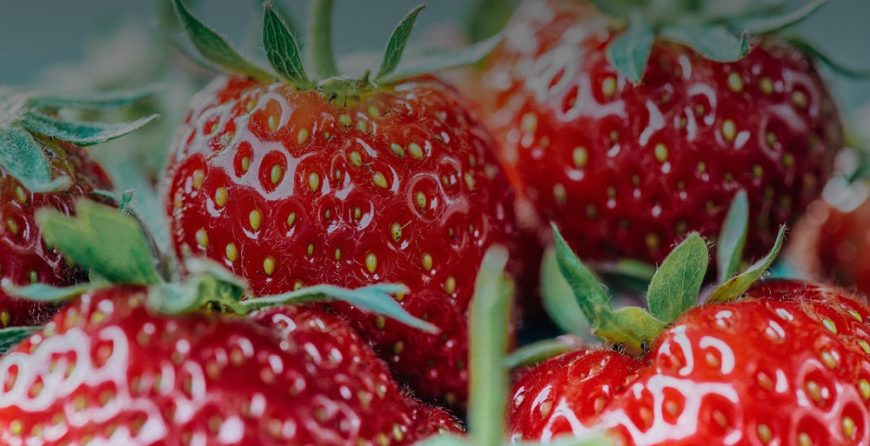 If you haven’t worked with fruit much, it’s easy to be a little intimidated by the thought of adding it to your garden. Maybe you feel like you don’t have the room, you’re worried about the critters getting to your plants first, or you find the thought of tending to fruit overwhelming. The truth is, growing organic fruit is much easier than you think. Regardless of the reason for your hesitation, if you’re not growing fruit in your organic garden, you’re seriously missing out.
If you haven’t worked with fruit much, it’s easy to be a little intimidated by the thought of adding it to your garden. Maybe you feel like you don’t have the room, you’re worried about the critters getting to your plants first, or you find the thought of tending to fruit overwhelming. The truth is, growing organic fruit is much easier than you think. Regardless of the reason for your hesitation, if you’re not growing fruit in your organic garden, you’re seriously missing out.
For those of you who are new to planting fruit, there are a lot of good options that are easy to work with. Beginners often have success with pears, apples, cherries, peaches, grapes, blackberries, plums, currants, blueberries, raspberries, strawberries, and more even if they have a small garden space.
We know that the list above doesn’t include everything, but it’s close to comprehensive. Aside from bananas, avocado, and citrus, that list has pretty much everything you’ll find in your local Iowa supermarket. And if you’re making beauty the focus of your garden, you’ll get both with fruit. You can choose to grow an ornamental cherry tree in your garden, but why not choose something that produces lovely blossoms and delicious edible fruit?
Getting started
Sweet fruits need a lot of sun, so grapes, apricots, nectarines, strawberries, figs, peaches, and cherries can be placed in suntraps. You can also grow grapes over archways that get a lot of sun and strawberries in pots. The remaining fruits typically do well with fan-training.
Other fruits such as raspberries, morello cherries, gooseberries, and currants thrive in shady spots and are also great candidates for fan training. If you’re worried about space, don’t forget to make use of vertical places like your shed or garage wall. When choosing your fruit trees and bushes, go for the compact versions if space is a concern. Look for petite varieties that are ideal for pots as well.
Save space with pots
Like we said, if you don’t have the space for full-sized fruit trees, you can opt for the dwarf forms or train them to grow on a trellis with pruning techniques. If this technique sounds like a pain, choose pots instead!
Growing fruit in pots is gaining popularity because it’s easy and many plants thrive that way. Whether you’re starting your fruit in the ground or in a container, use good compost. If your focus is to be completely organic, then use your own compost. When selecting your pots, choose the thick glazed ones since their walls are non-porous and insulated. These pots will protect plants from Iowa’s temperature extremes, plus they’re efficient with moisture.
Tips for pollination
Fruit plants and trees thrive when pollinators are around, so do your best to encourage pollination to occur. To do this and maximize space efficiency, plant varieties that are self-fertile. These plants will grow fruit on their own without the help of other pollinating plants. Most of the ones we listed (pears, apples, cherries, plums, and blueberries) are self-sufficient so you don’t have to worry about them.


